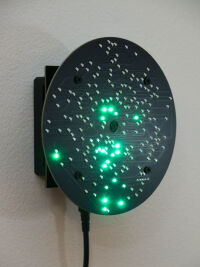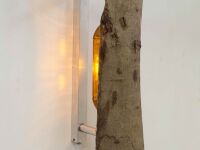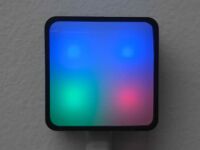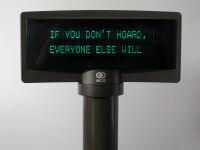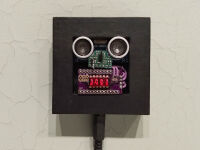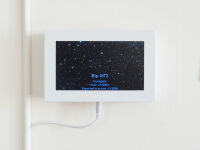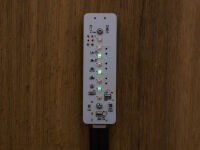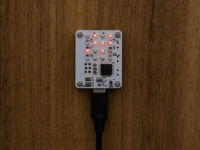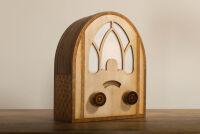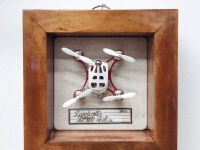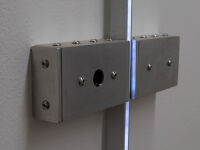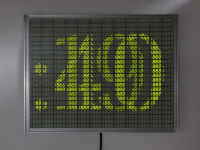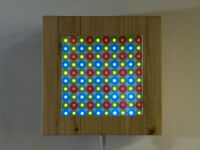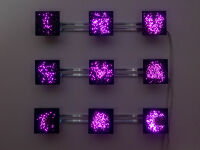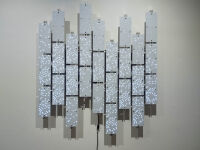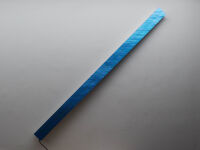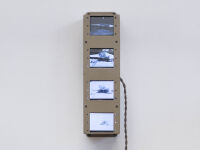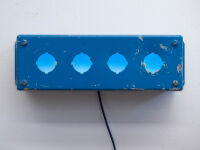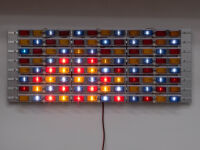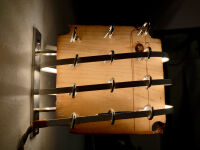What is it?
Think of a typical computer screen… an orderly grid of rows and columns of pixels. What if you messed up the grid? How garbled could it get, and still be able to show a recognizable image?
“Impressions” has a screen with 192 tiny LED “pixels,” placed by an algorithm of the artist’s design, which is intended to mimic the human eye’s centralized focus.
It uses this screen to show you a sparkling interpretation of any movement observed in front of the device.
“Impressions” is made with two custom-designed circuit boards, which were fabricated by a factory in Shenzhen and hand-assembled in the artist’s studio in Washington, DC. Each individual component was placed and soldered by hand, using a combination of hot air and iron soldering with lead-free solder. Its wall mount was designed and 3D-printed by the artist.
Neural networks can “magically” identify images, but are based on human examples—and can incorporate their biases. “Impressions” alludes to the frailty of image recognition and the ambiguities introduced by visual degradation. It tests our recognition—and alludes to the fuzzy, fraught methods used by neural networks to recognize us.
Impressions is an editioned work, edition size 4, using hand-assembled components.

